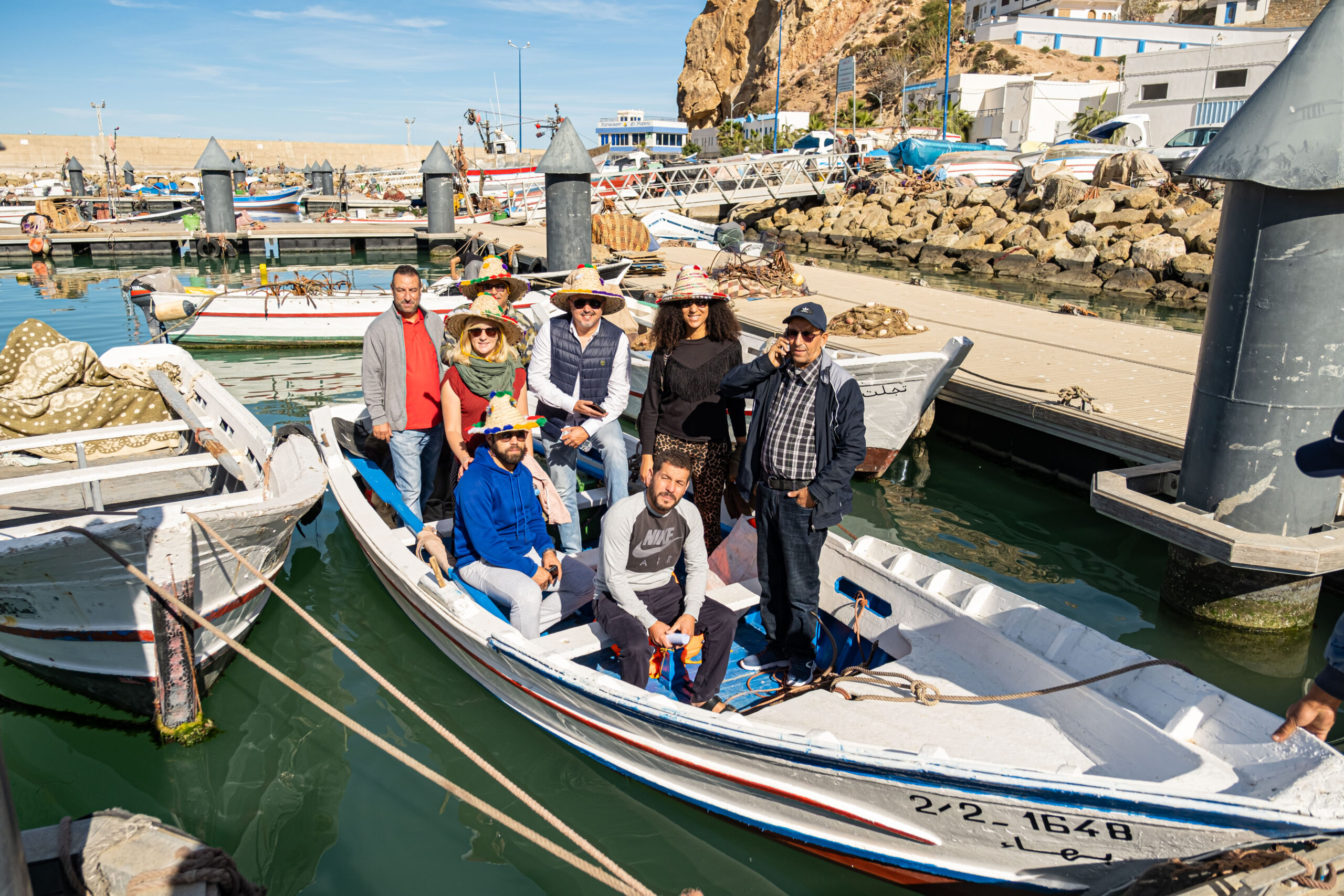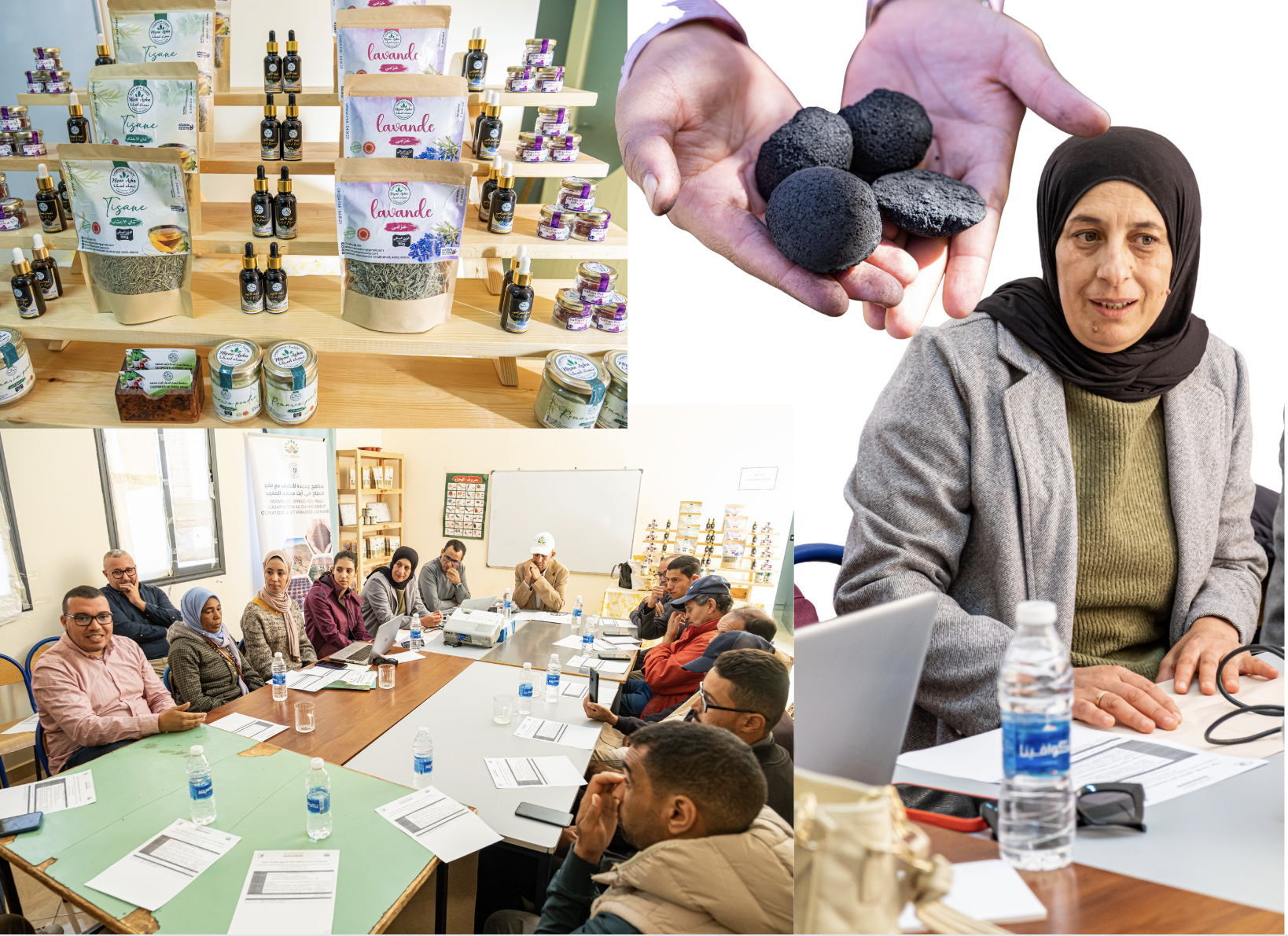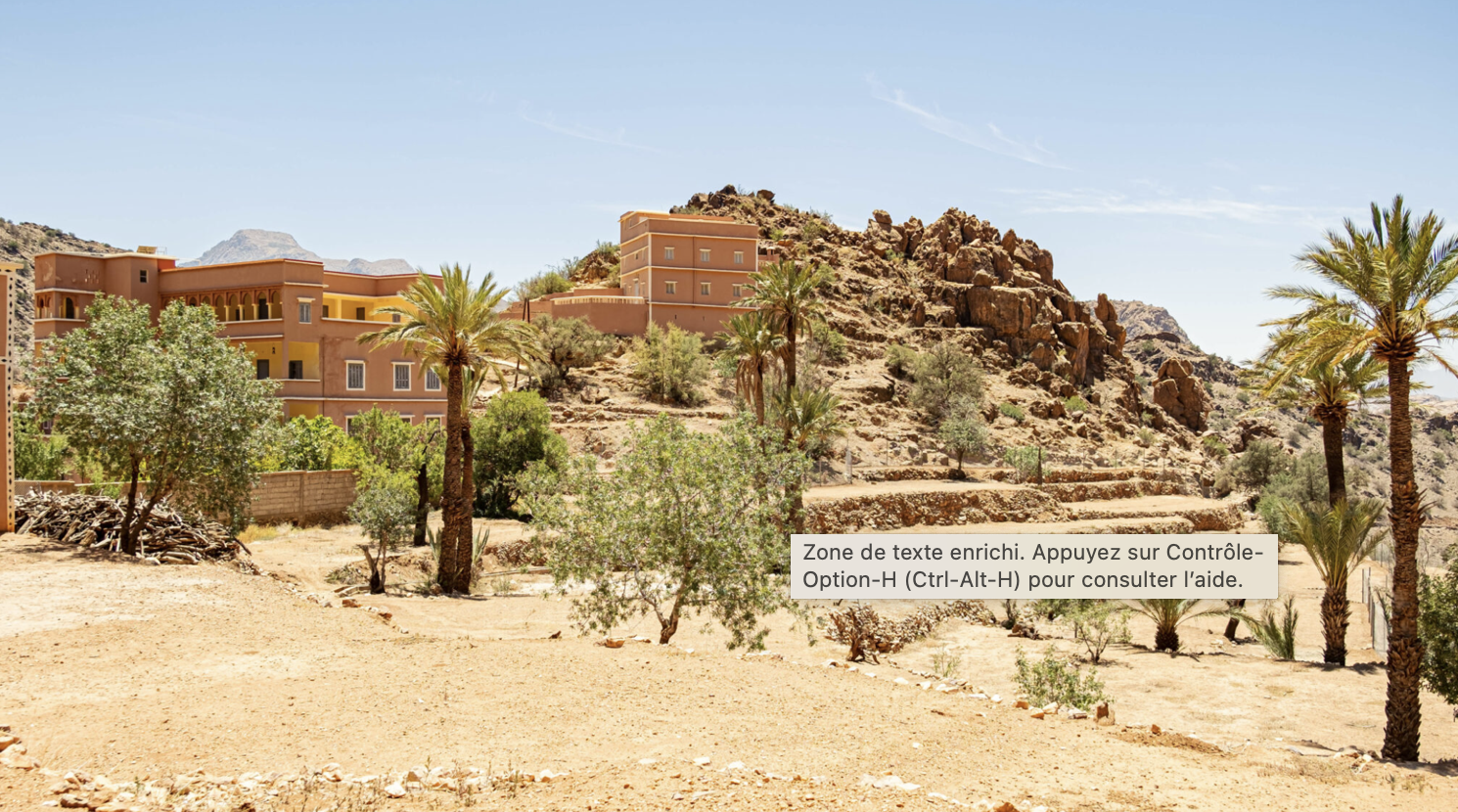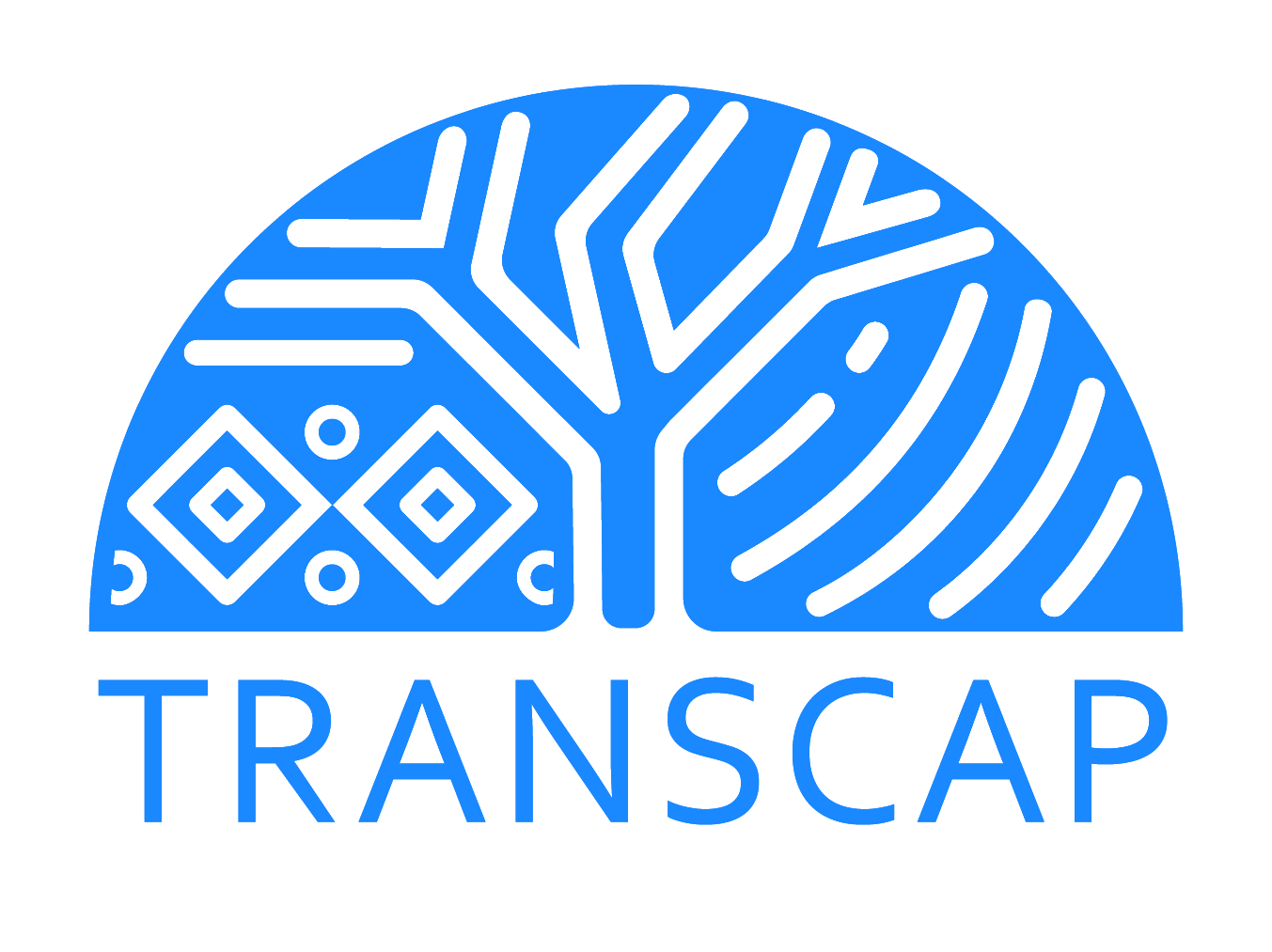2-5th March 2023, the Moroccan association “Nature Solutions” organised a census campaign for the Great Bustard in the Asilah region of Morocco. Civil society members, international organisations, governmental institutions and researchers from Morocco and Spain were all present.
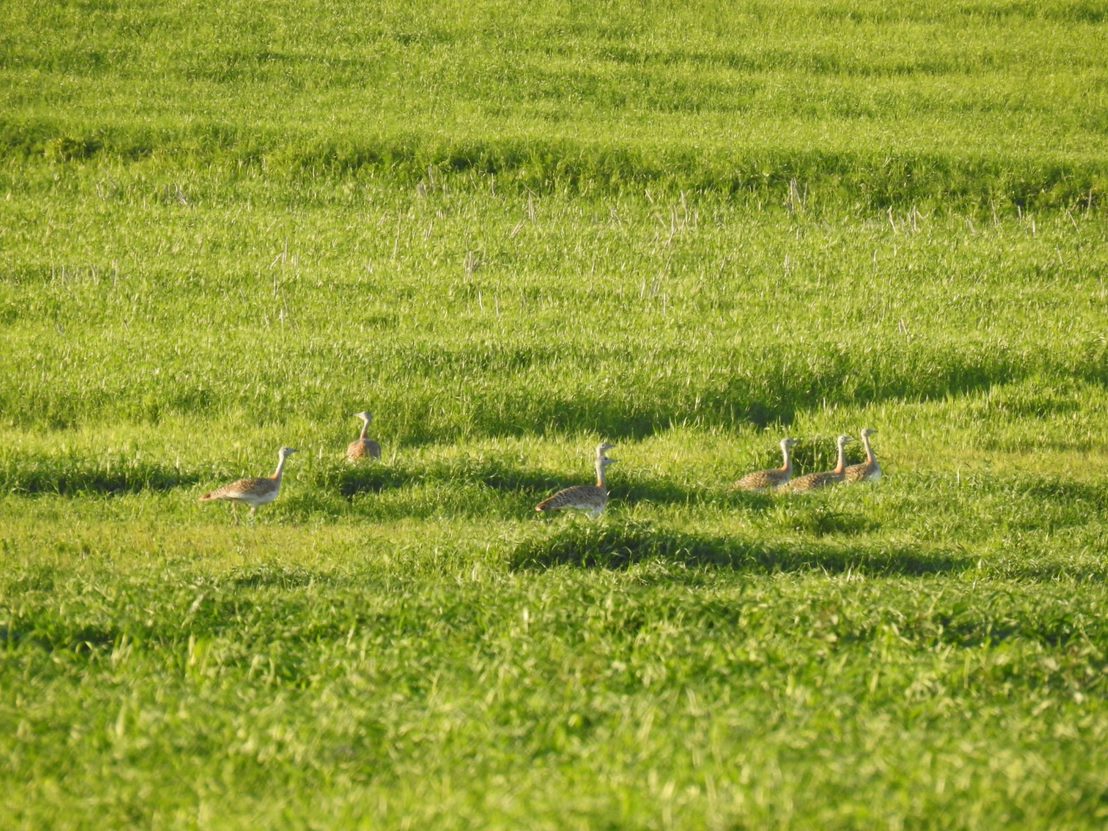
© A.Onrubia/Fundación Migres
According to the IUCN Red List of Threatened Species, the Great Bustard (Otis tarda) is classified as Globally Vulnerable, due to its populations’general decline. The Great Bustard’s population in Morocco, the only one present in Africa, is extremely reduced and survives mainly in two breeding sites (leks) in the northwest of the country. The censuses conducted between 1999 and 2015 presented alarming results. There is a marked decline in the population both in terms of numbers and range, and this decrease of at least 40% over 10 years has placed the species in a critical situation in Morocco. The main threats to the Great Bustard population in the country are poaching; agricultural intensification, namely the use of chemicals; loss of suitable habitat through infrastructure development; collisions with power lines; as well as disturbance and destruction of ground nests by domestic animals.
This situation has led to the development of both the Strategy and Action Plan for the Conservation of the Great Bustard in Morocco 2016-2025 – which is a project report coordinated by the IUCN Centre for Mediterranean Cooperation (IUCN-Med) and the Moroccan National Agency for Water and Forests (ANEF) – and to the development of concrete actions on the ground to safeguard the species in the country. From 2018 to 2021 the Nature Solutions Association received funds from the PPI OSCAN 2 program to implement several conservation actions included in the Strategy and Action Plan and has highlighted the urgency of continuing to work in this direction. To respond to their needs, the associations beneficiated from a second fund from the TransCap programme, to strengthen the conservation and monitoring of the Great Bustard population as a way to reduce the presence of threats in its last known habitats in Morocco and Africa.
A 2023 census campaign was therefore organised at the beginning of the breeding season. Experts from the Nature Solutions Association, ANEF, IUCN-Med, the Moroccan Committee of IUCN, Ibn Tufil University, the National Museum of Natural Sciences (CSIC-Spain), GREPOM/BirdLife Morocco, the Science and Development Association and the Migres Foundation (Spain) were present. This campaign resulted in a minimum of 72 adult and immature males and females being recorded, which would indicate that the population is maintaining or slowly recovering in recent years.
This mission not only enabled the organisation to update the data on this threatened species and to deepen its knowledge of its ecology and threats, but also to strengthen the capacities of local actors and to establish a common regional vision for the conservation of this species. Raising awareness and providing support to local farmers and hunters in the protection of habitats is also planned, as well as the promotion of sustainable sources of income.
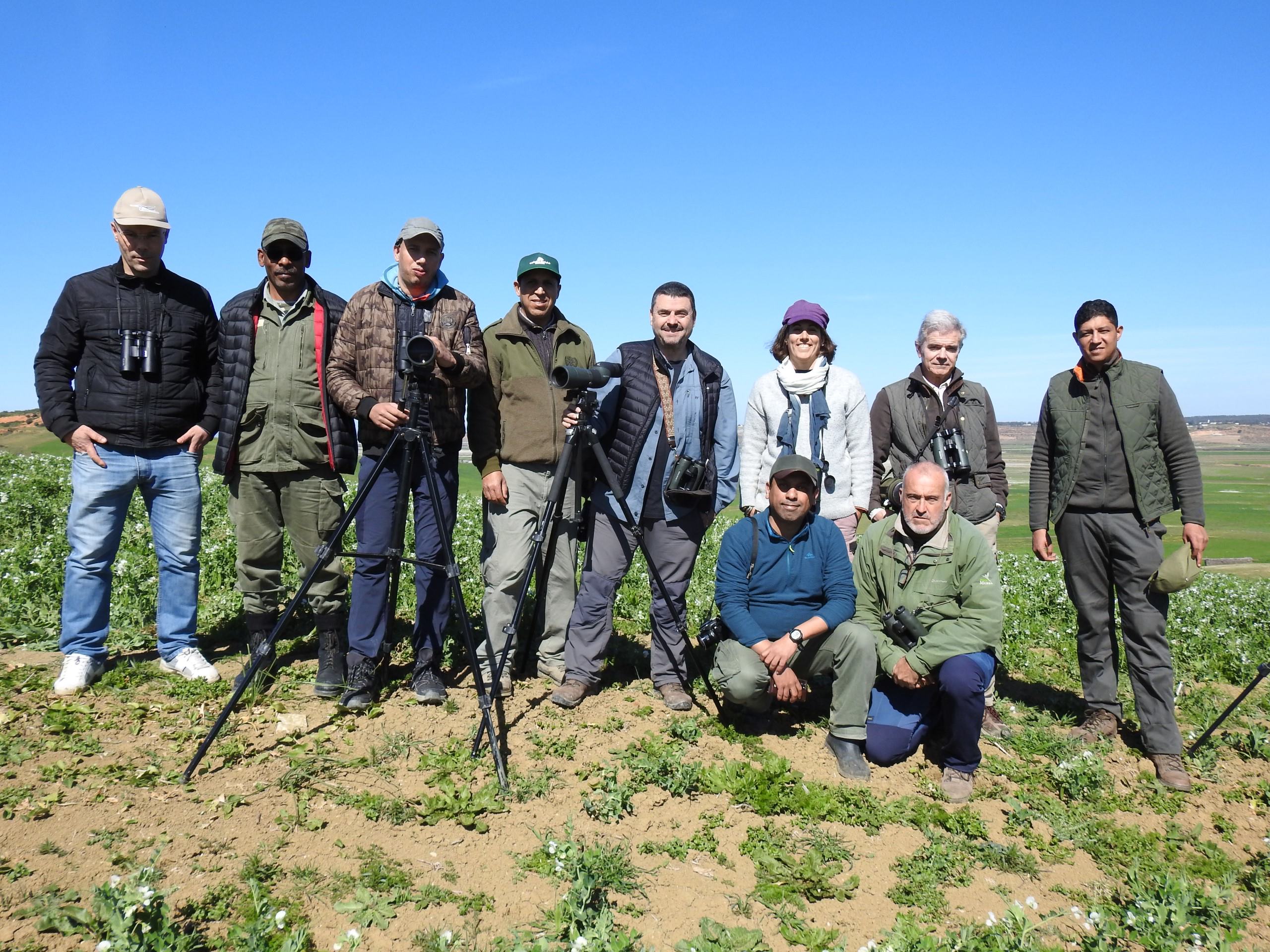
© A.Onrubia/Fundación Migres
This project is implemented as part of the TransCap programme, an initiative funded by the General Directorate for Cooperation of the Balearic Islands, that aims to strengthen the role of Civil Society Organisations (CSOs) in addressing current challenges related to environmental conservation and sustainable development in Mediterranean communities in Morocco and Tunisia. For more information on TransCap projects visit Projects – MUBADARAT (mubadarat-uicn.org)


